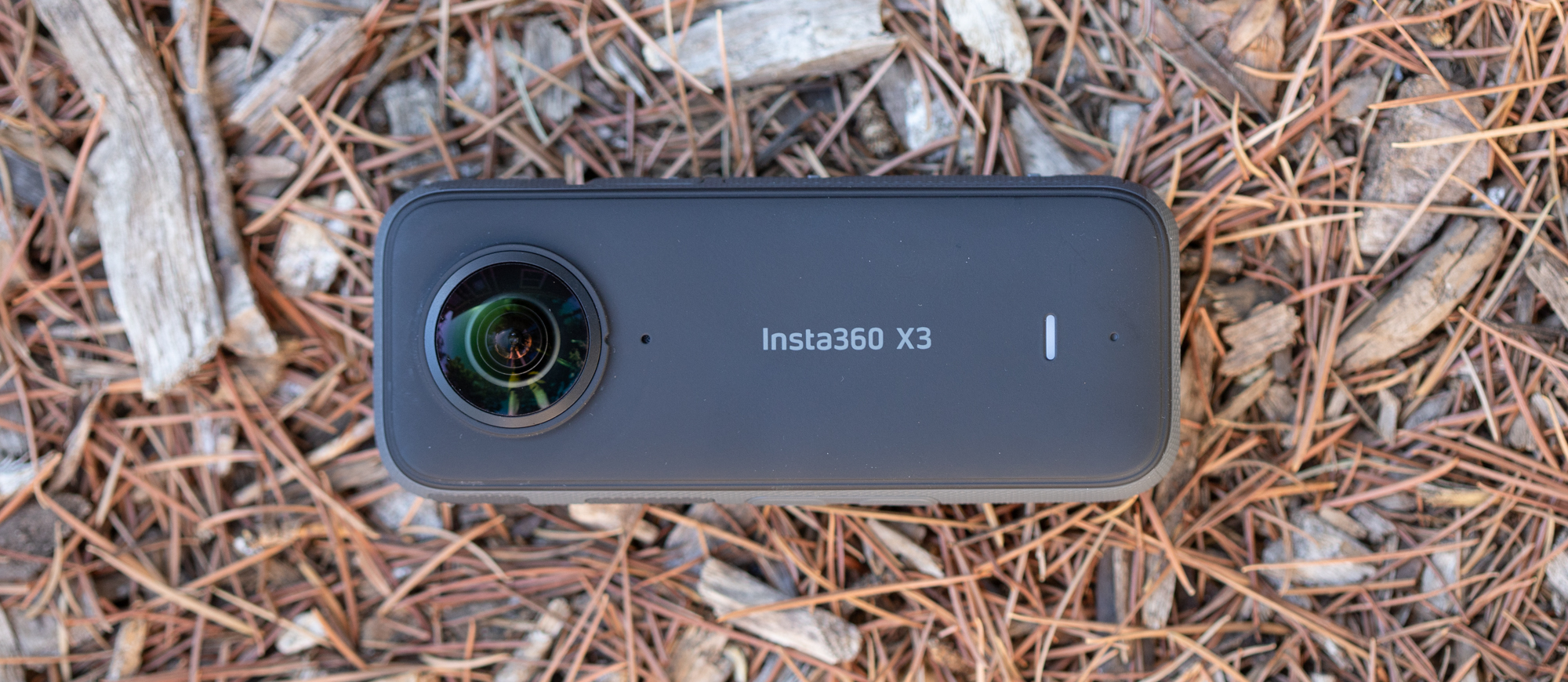Cyclingnews Verdict
Every Insta360 gives you the tools to edit and publish quality videos in a few minutes with only a phone. The Insta360 X3 adds a form factor that makes it easy to hold and shoot with one hand while riding. This is the action camera that you'll actually use.
Pros
- +
1800 mAh battery with up to 81 minutes of continuous run time
- +
Included app allows for easy editing and exporting
- +
6-axis gyroscope gives gimbal like shots while riding
- +
Micro-SD means never worrying about running out of memory
- +
360 footage frees you of decision making while out riding
- +
Easy to hold and shoot one handed
- +
Waterproof to 33ft (10m)
Cons
- -
Lens protector isn’t included
- -
Slow to start up
You can trust Cyclingnews
The current landscape of action cameras basically breaks down into three main players. While Cycliq, and now Garmin, have options for what amount to dash cams for a bike the options for a quality general purpose action camera come from GoPro, DJI, and Insta360. They each have their own unique take on what an action camera is and you can see their strengths, and weaknesses, reflected in our list of the best action cameras available.
Among the primary action camera options, the brand that has gone all in on 360 filming is Insta360. Its cameras allow you to shoot your whole environment at once and offer unique capabilities. Also, like its competitors, it continues to innovate and release new offerings regularly. We've covered the Insta360 One RS in the past but an update to the Insta360 One X2 has now landed and it's a compelling vision of what you need in an action camera. The capabilities are a unique offering from a unique company and it might be perfect for you. If you love the idea of sharing your two wheeled adventures with the world keep reading to see what the Insta360 X3 offers.
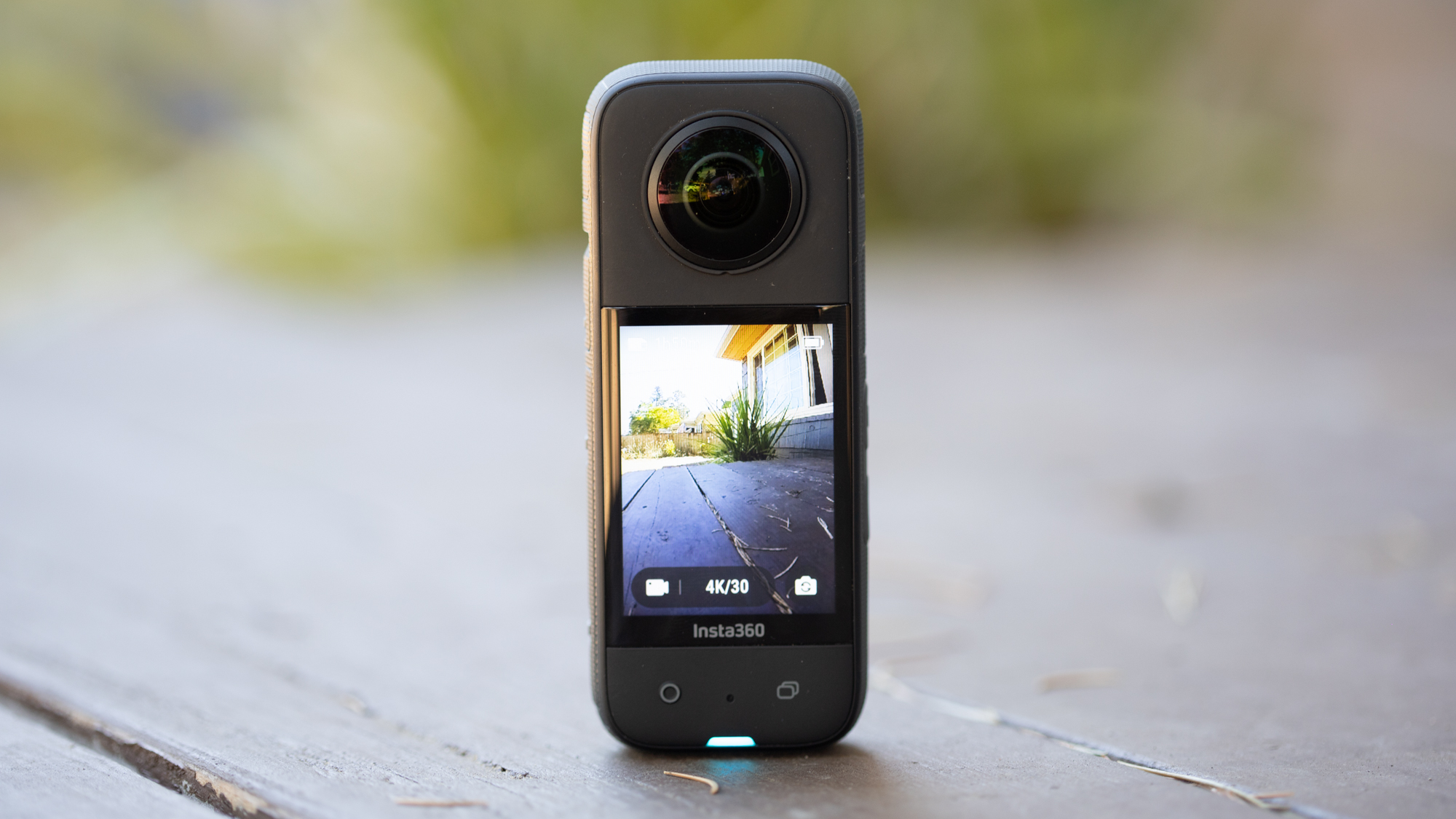
Design and aesthetics
GoPro started the market for action cameras and it did it with a pretty tiny package. The idea is that professional content creators can have a highly capable camera that's small enough to mount anywhere and rugged enough to go places a DSLR wouldn't last for a moment. Turns out that the rest of us fancy ourselves professional content creators too, and the idea of a little box to document our adventures was a hit.
Insta360 took the whole idea a step further and created a modular version of the little box camera. The idea was that as technology marched on you could upgrade pieces of the camera without needing a new one. Along with that modularity it has a 360-degree lens that you can swap in and out of the whole system. The current version of that camera is the Insta360 One RS and it's a very capable camera.
The problem is that a lot of people aren't professional content creators. You've seen all the amazing content out there and you think that you'll strap a little box to your bike and turn out amazing content. Then you try it and realize your life actually requires a lot more hand held filming and you rarely need something as small as the Insta360 One RS. That's where the Insta360 X3 comes in. It offers the capabilities of the One RS, minus the modularity, in a format that's easy to hold in your hand.
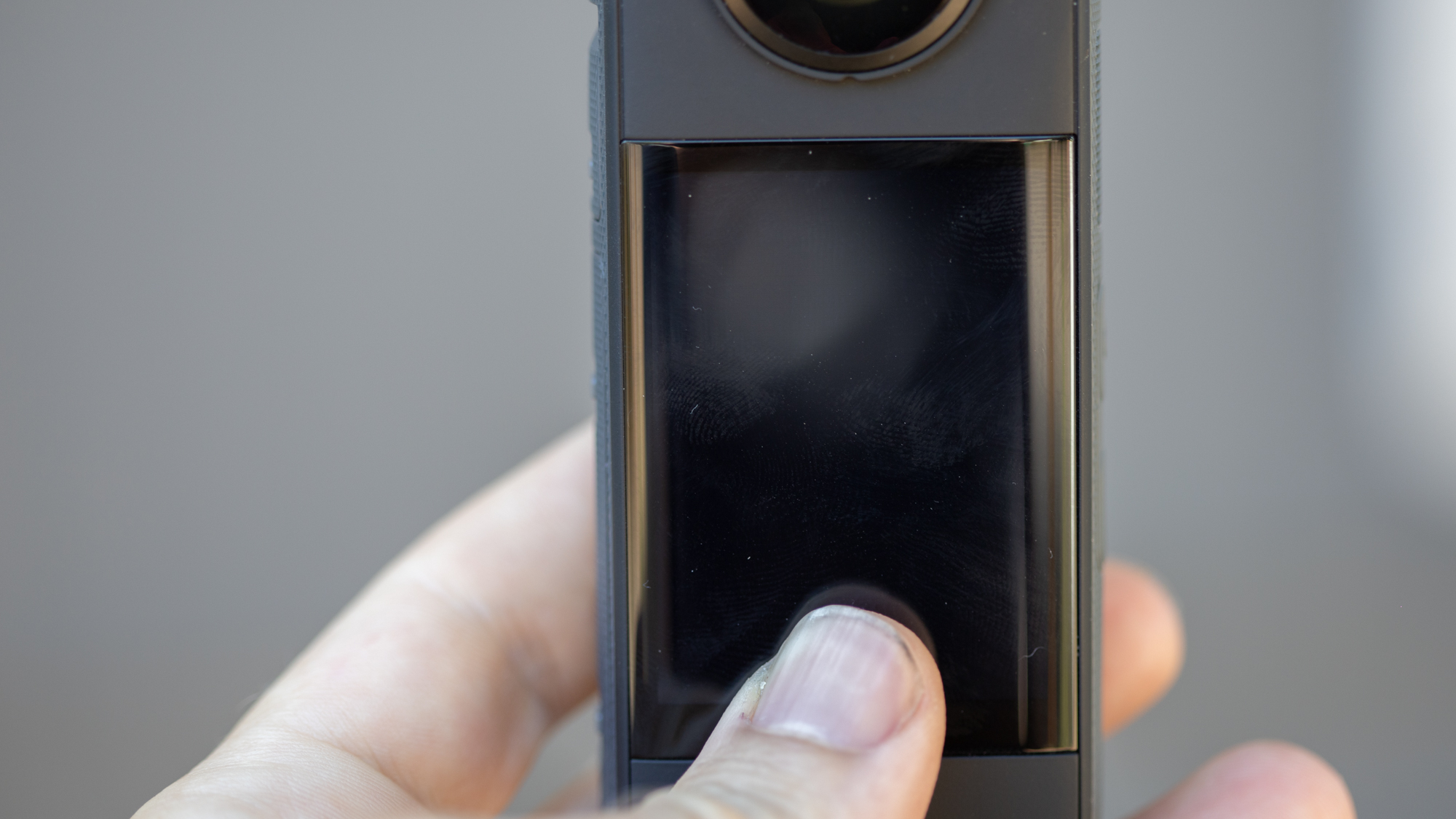
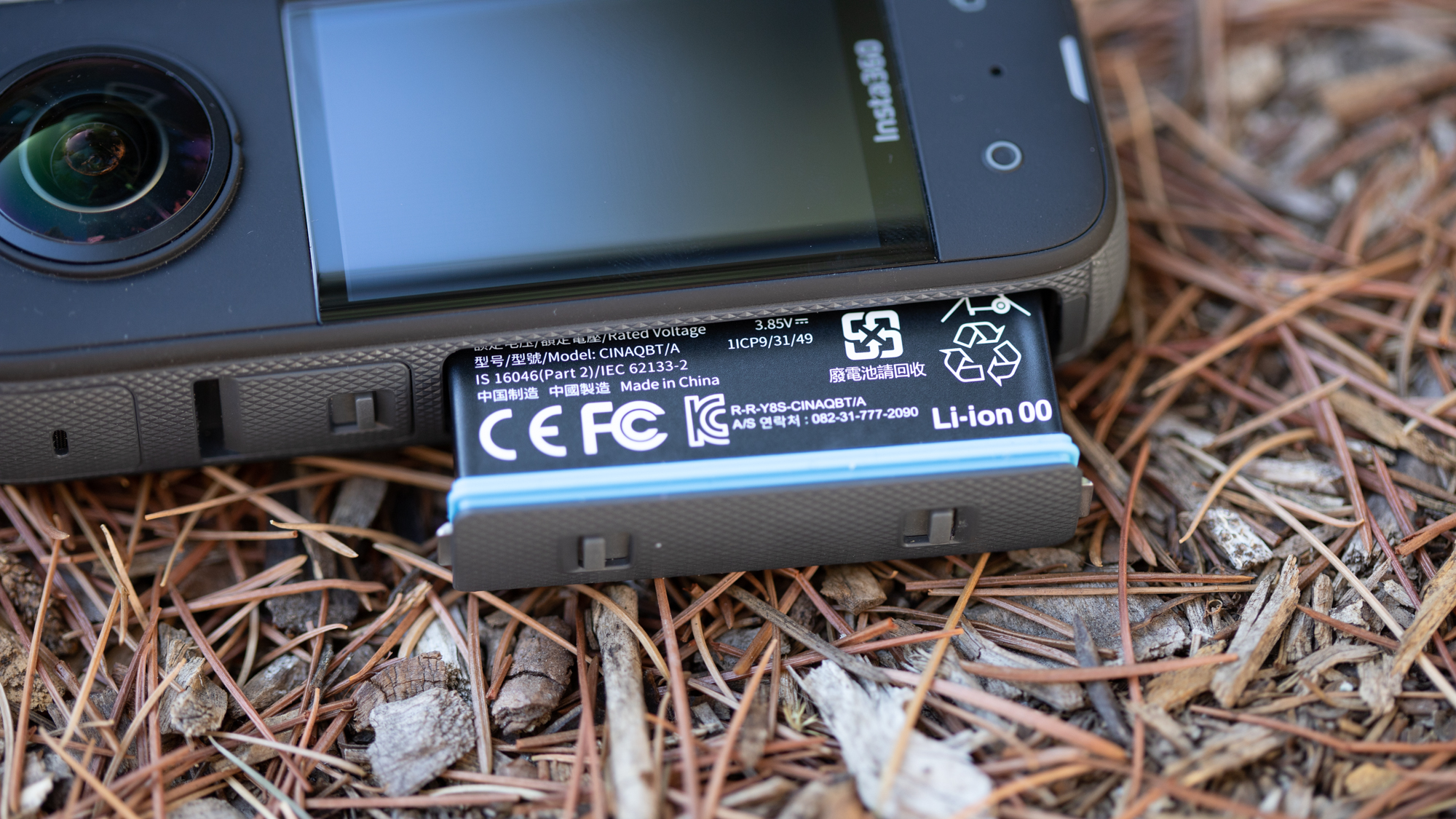
The Insta360 X3 is, as the name might imply, the third iteration of this vision of a hand holdable 360-degree action camera. Even though the basic form factor is almost exactly the same as the Insta360 One X2 the update shortens the name and makes the exterior a bit more usable. The biggest change is the move from a round screen to a more usable 2.29” tempered glass touchscreen. There's also been a change in the control layout with the move to a four-button control scheme plus the touch screen.
Internally the newer camera shares a lot of similarities with the outgoing version as well. The battery has gotten bigger with a move up to 1800 mAh, but the runtime only gained a minute moving from 80 minutes to 81. The USB-C charge time also gained five minutes moving from 85 to 90min (5V/3A) for a full charge. When it's time to connect the camera to a phone, Wifi standards haven't changed but Bluetooth got an upgrade to 5.0 from 4.2 on the last camera.
There are also some small changes to the lens as well as the details of capture. The aperture is just barely bigger at f/1.9 with a slightly wider lens of 6.7mm vs 7mm for the old camera and there’s a new ½” sensor backing the lenses. If you are noticing those are small changes, the same is true of the details of capture. In 360 mode the max resolution is still 5.7k and the framerates of 30/25/24 are the same. There's no more 3k mode and the accompanying 100fps, but the 4k mode has an increased framerate from 50fps to 60fps along with the option for 30fps.
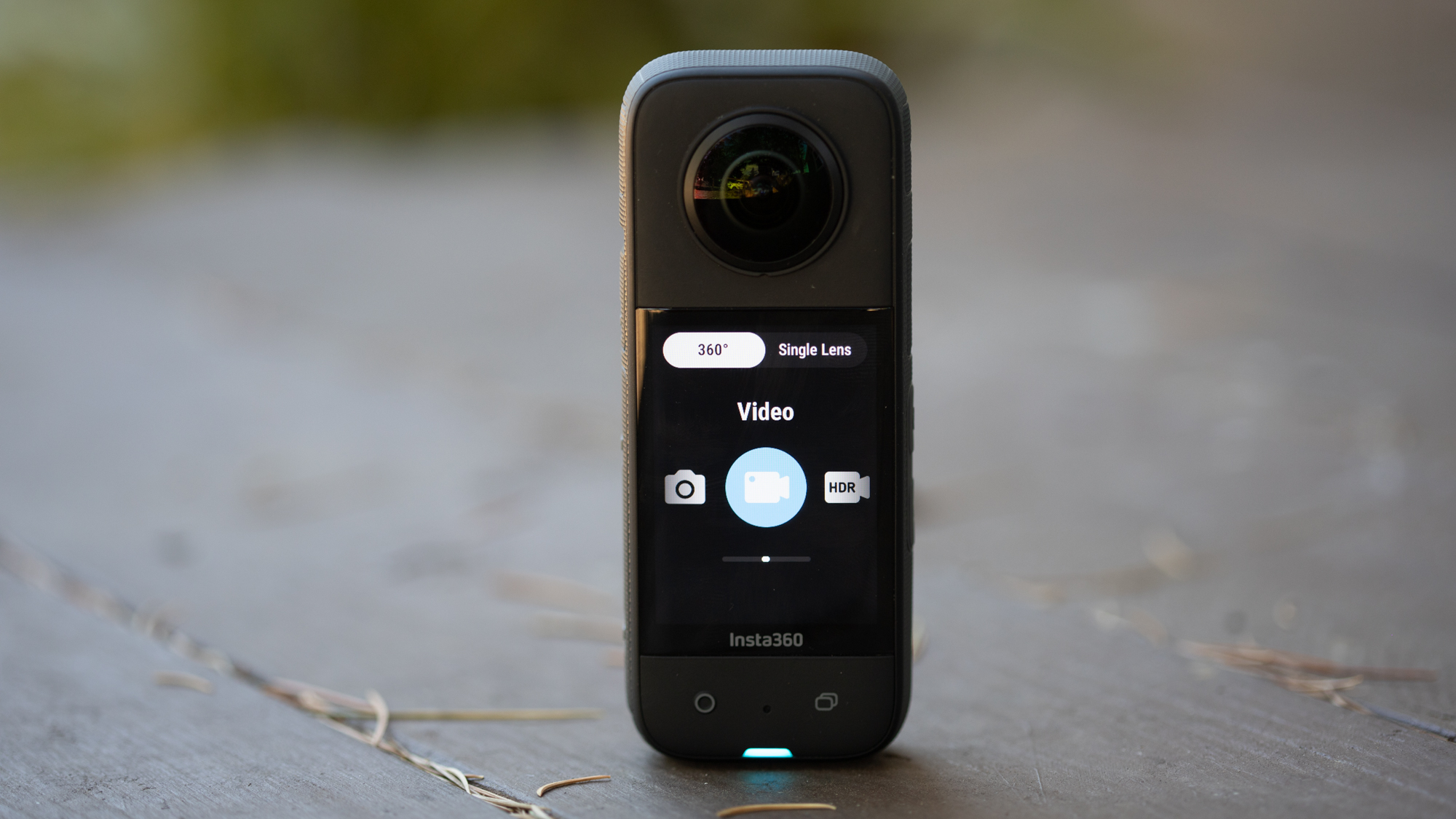
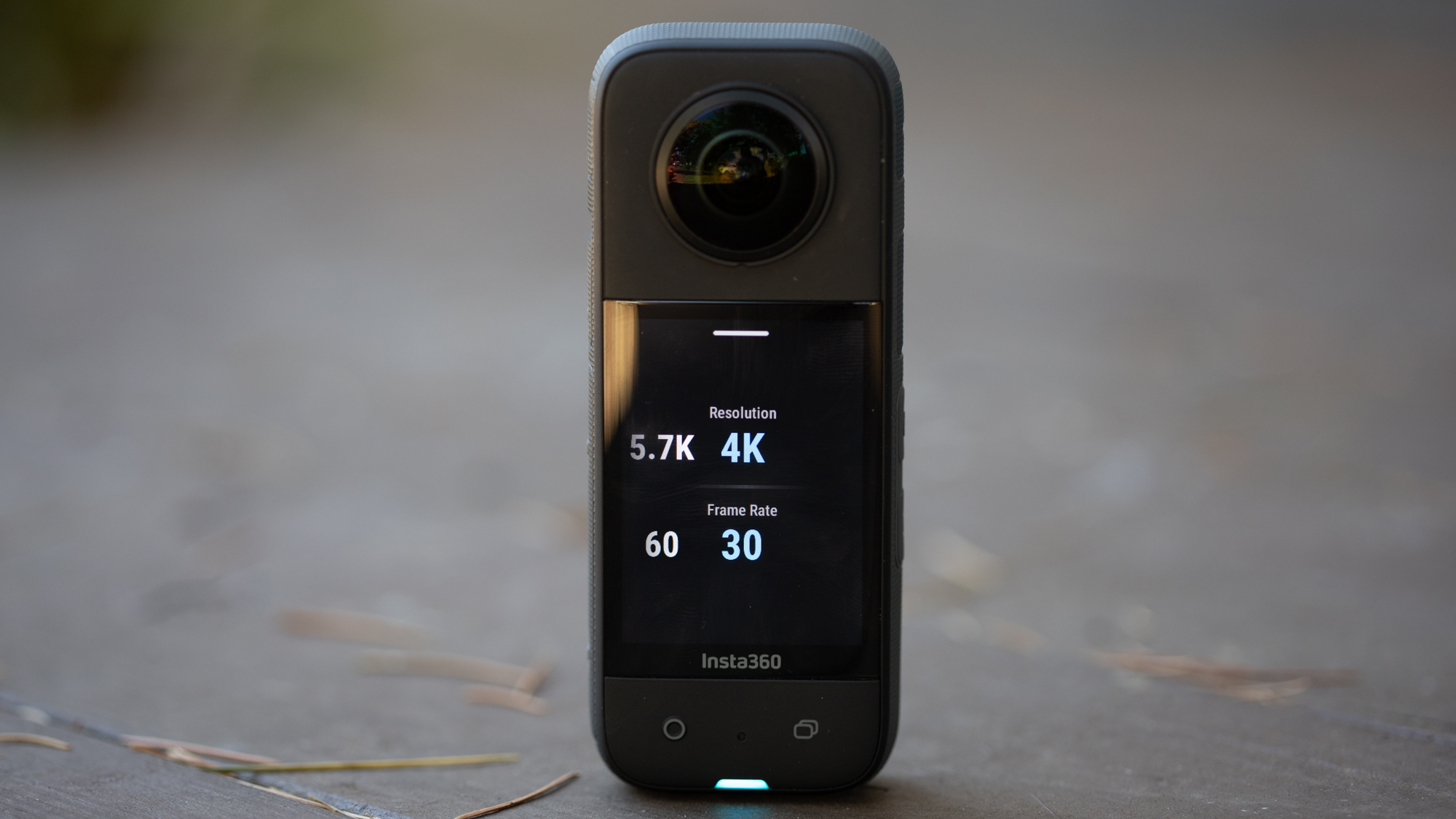
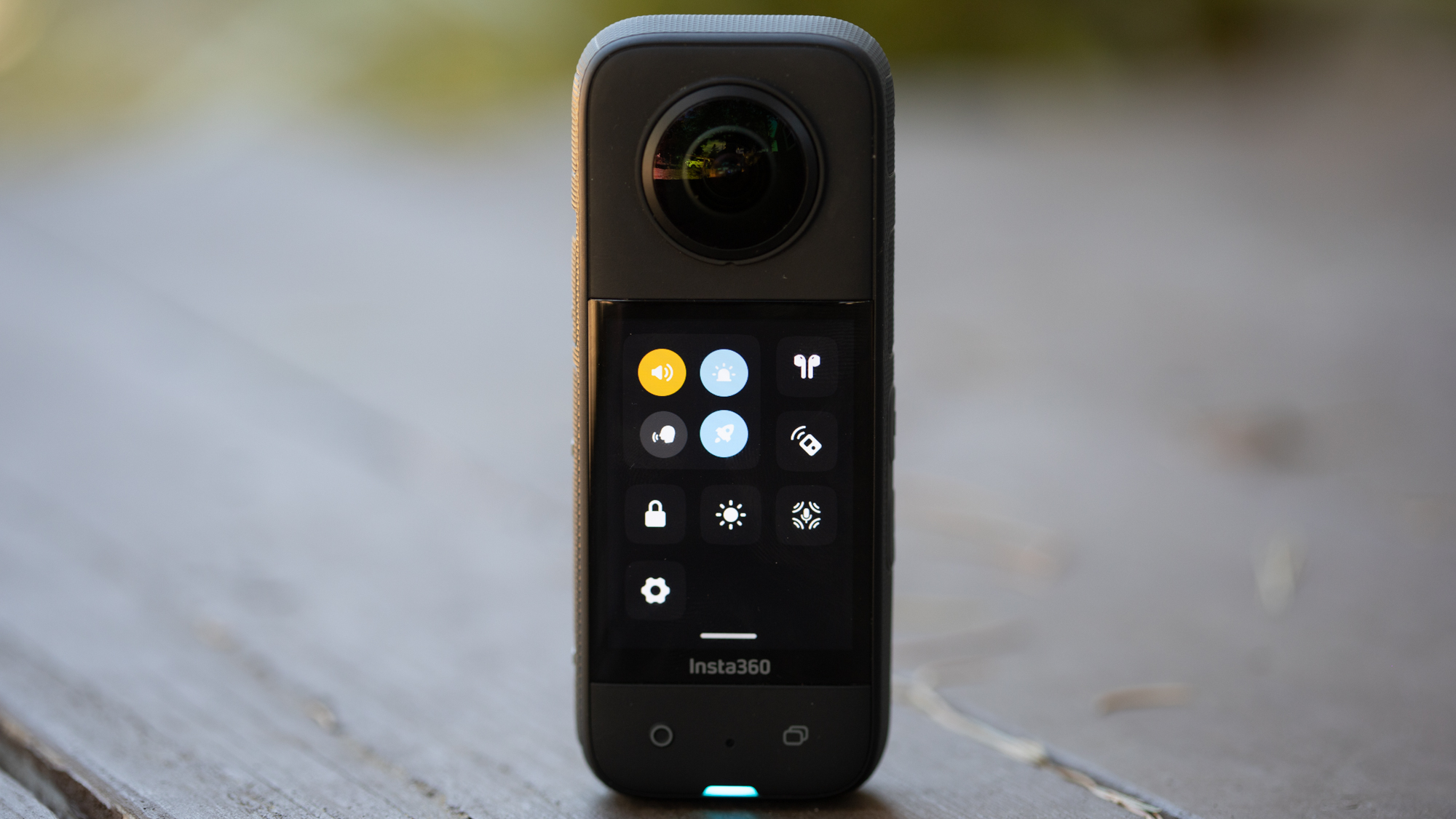
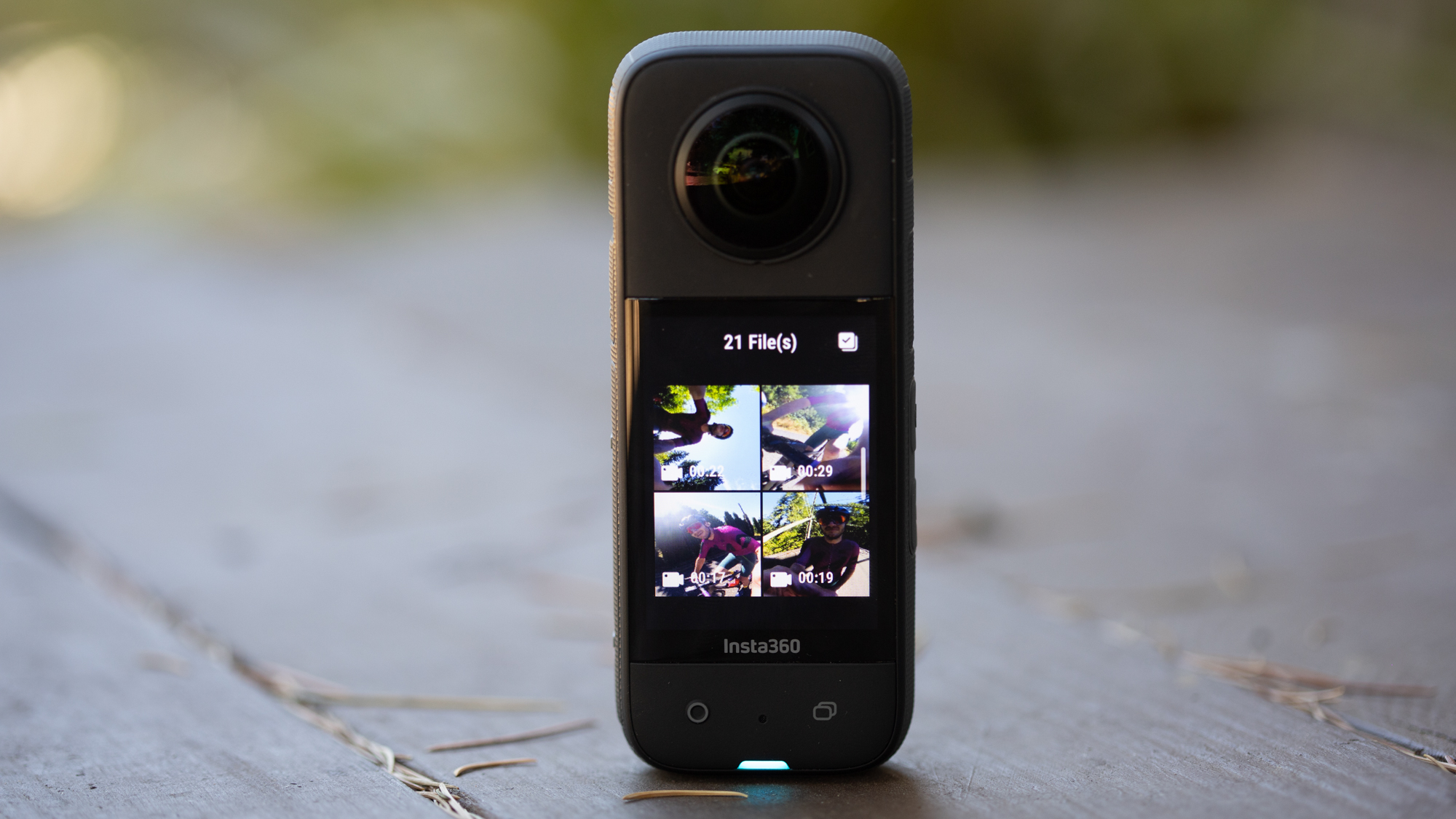
Performance
It's easy to have your eyes glaze over with all the specs. The basic details are that in most situations it matches the performance of the Insta360 One RS. That camera has the option of a larger 1" sensor and the same 3k 100fps mode of the One X2 but it also carries less water resistance. The X3 will go all the way down to 10m/33ft before having any issues. The whole point of the X3, and the X2 before it, isn't so much a leading specs sheet as an improved usability sell.
A box style action camera is excellent because of how small it is; they mount anywhere and it's easy to get seduced into buying a camera after watching amazing footage on YouTube. Generally, what happens though is you use it a few times and spend a bunch of time with post processing. Pretty soon you find yourself recording footage and leaving it on the camera. Eventually you don't even bother bringing the camera along with you and it sits in storage until it's obsolete.
Insta360 products already help to combat that cycle. All the Insta360 cameras have the backing of a powerful, free, editing suite that you can use on a computer but also on a phone (you will need a modern phone with a reasonable processor but my Pixel 6a works just fine). It gives you the ability to sit down with footage from an adventure and connect wirelessly before editing in a way that makes sense right away. The software removes a big point of pain from the process and the x3 takes the concept even farther by solving the other big hassle I run into when wanting to share my riding.
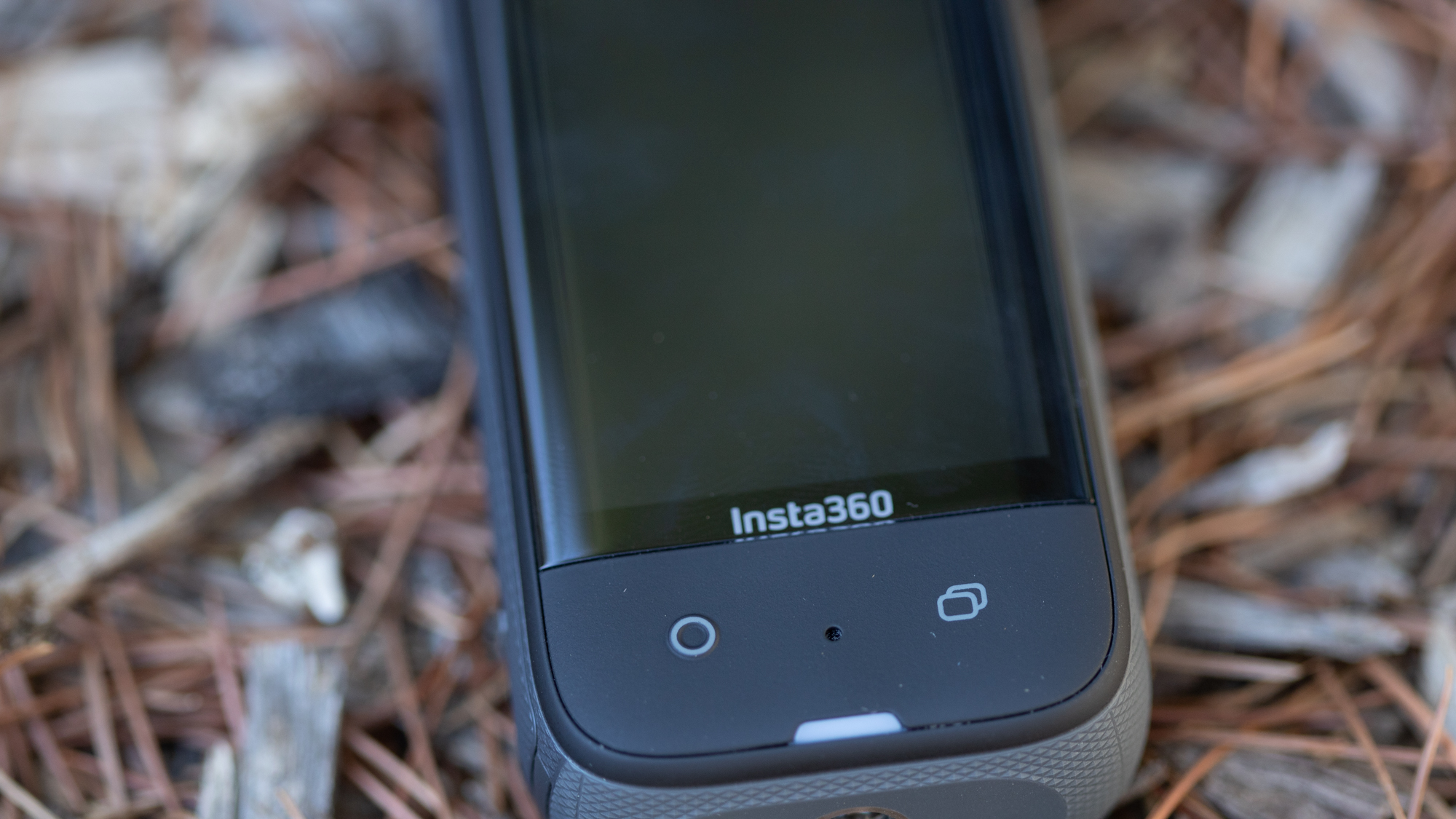
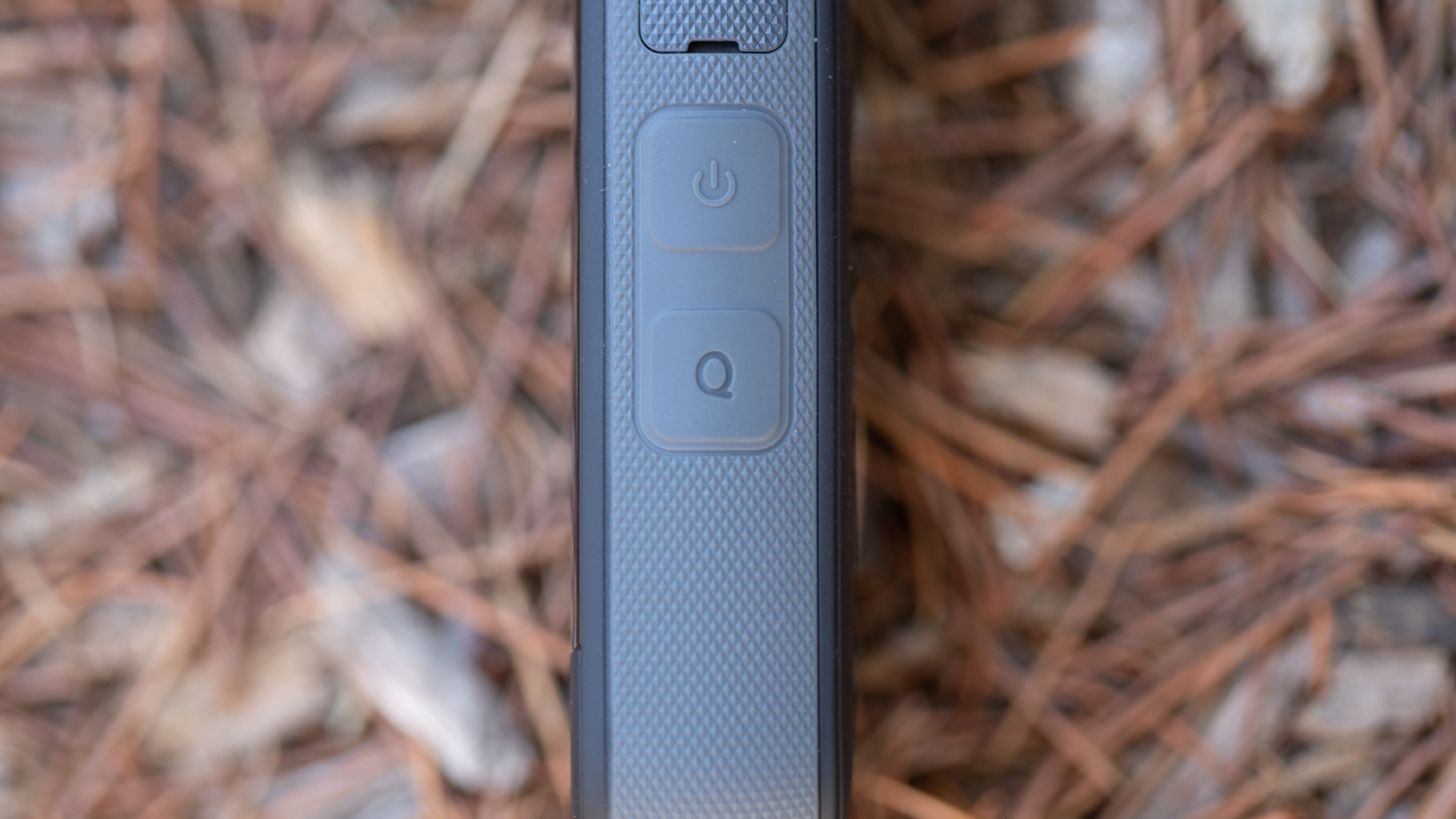
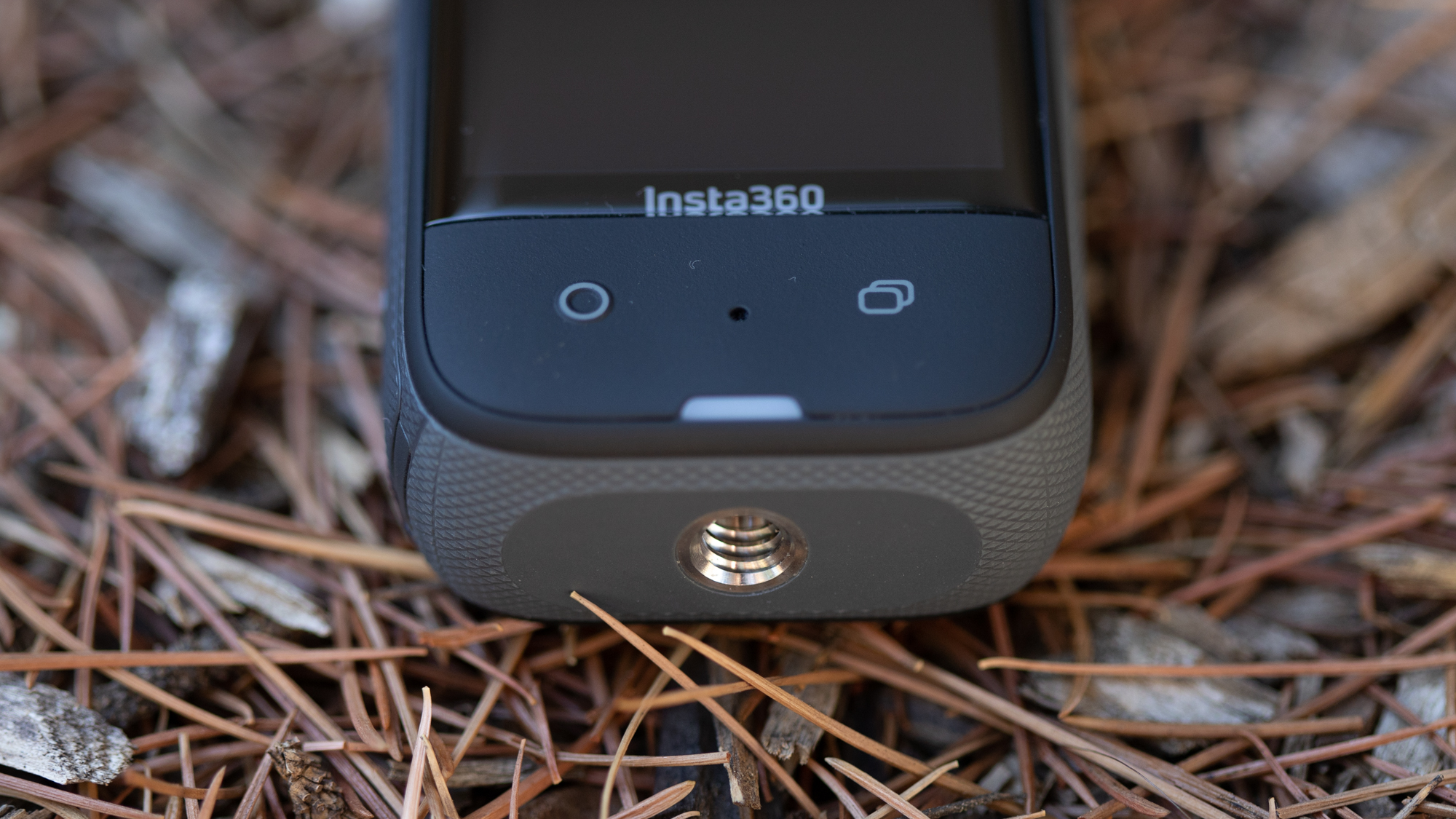
That second part of the puzzle is the reality of actually filming while riding. As I head out my door for a day on the bike it’s always with a desire to ride my bike. I’m not heading out the door to create content and I don’t want anything to get in the way of riding my bike. I rarely stop pedalling, I’m not much of a bike handler, and I don’t carry much with me. Finding a camera that will fit into my lifestyle has always been a challenge but the Insta360 x3 has managed to carve out a niche for itself.
There’s the inherent advantages of filming in 360 and there’s also the unique form factor of the x3. The camera is small enough to fit in my jersey pocket even when stuffed with 6 hours of food. When I want to film something, I can do it one handed and it doesn’t matter where I point it; it’s filming everything so I don’t have to worry about framing. The 6-axis image stabilization and horizon lock make sure that my footage is always usable. All I need to do is press a single button, hold the camera for thirty seconds, press the same button before putting it back in my jersey.
At home I connect my phone to the camera and open up the app. Each clip will show up and I start by setting a keyframe where I select my framing and field of view. Then I move forward in the video and do the same as often as I want. The software will move between each keyframe smoothly creating movement in the footage that looks as if I had a drone following me. At this point I can trim the clip to length and move on to the next.
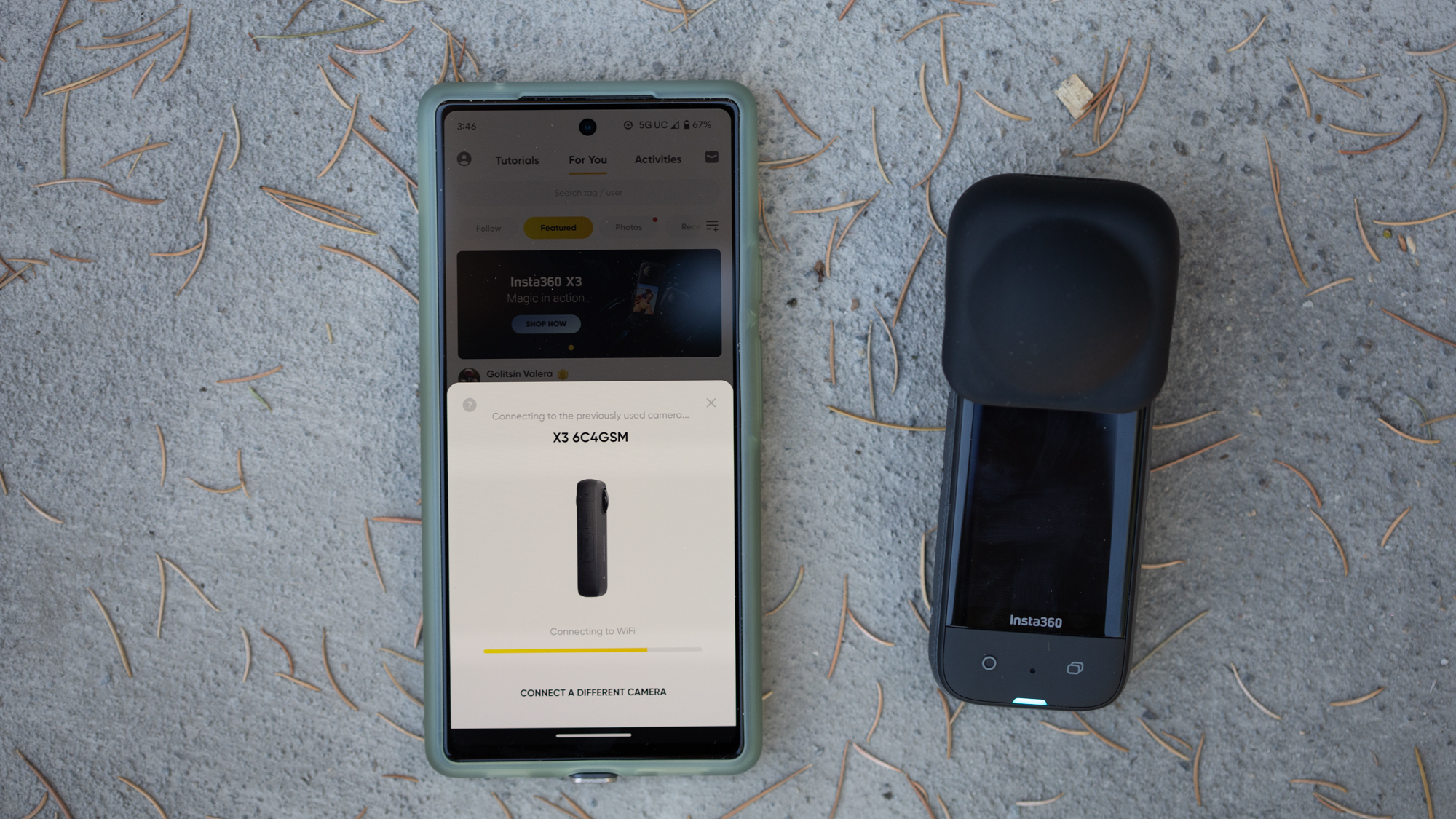
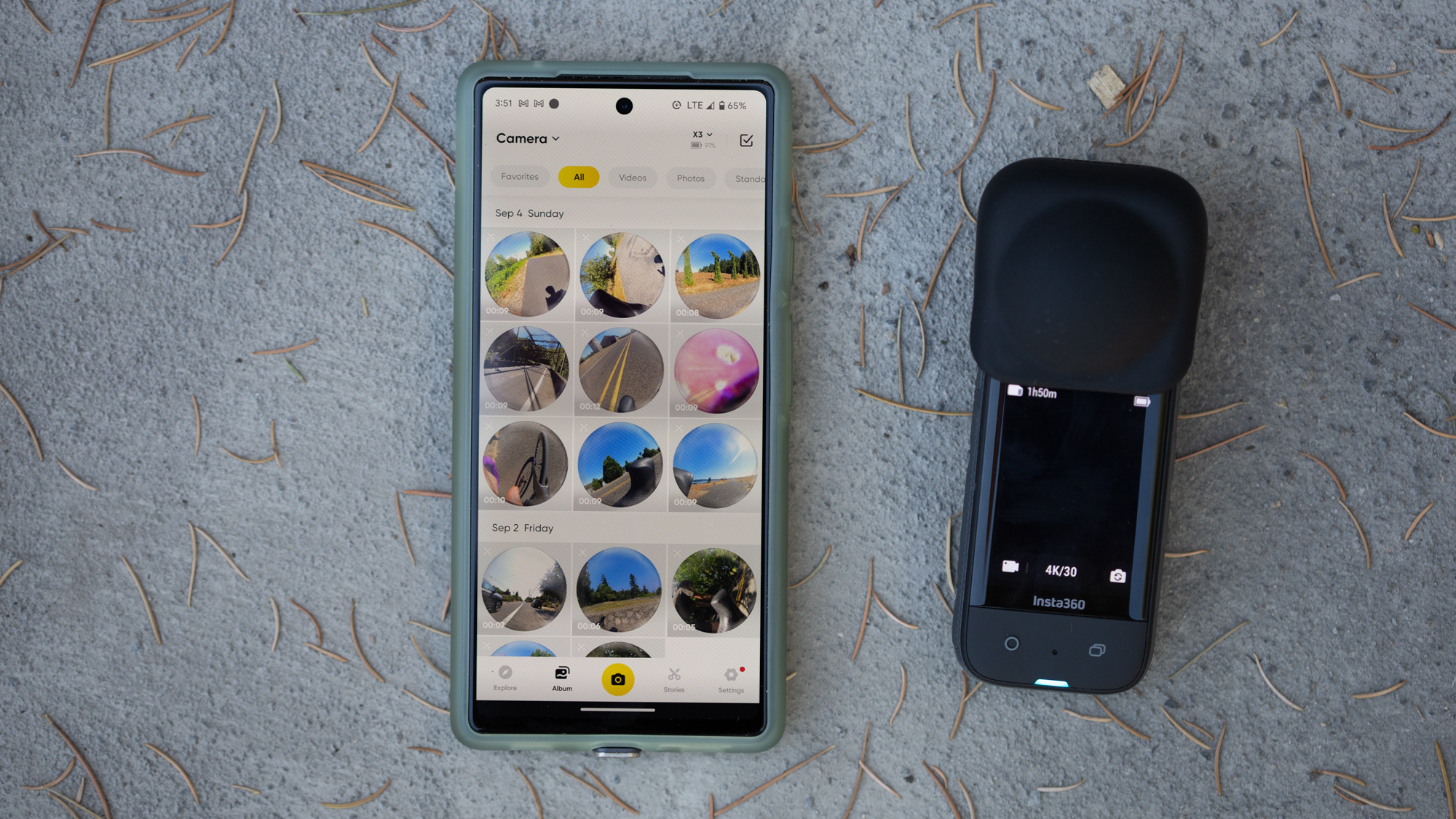
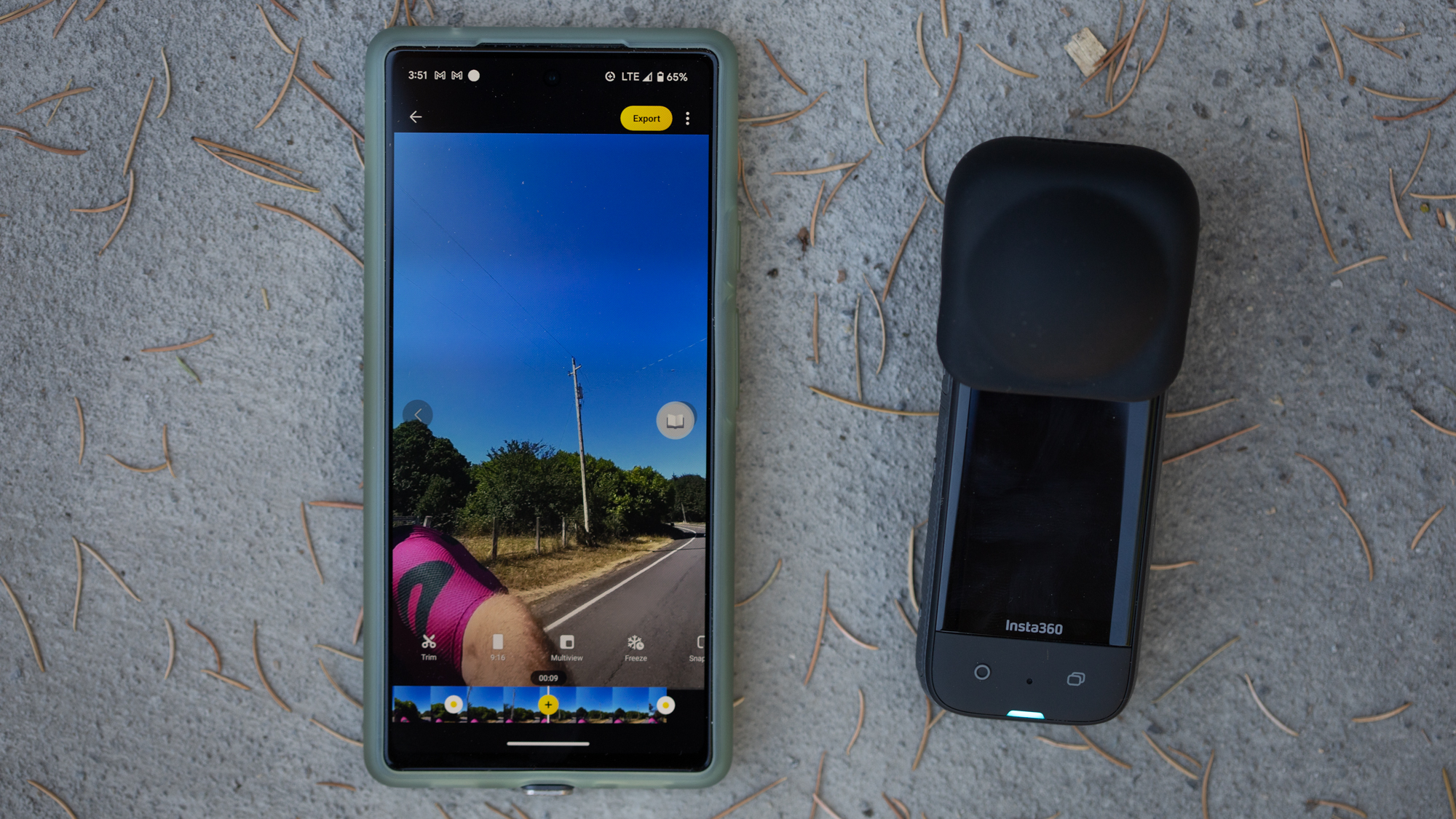
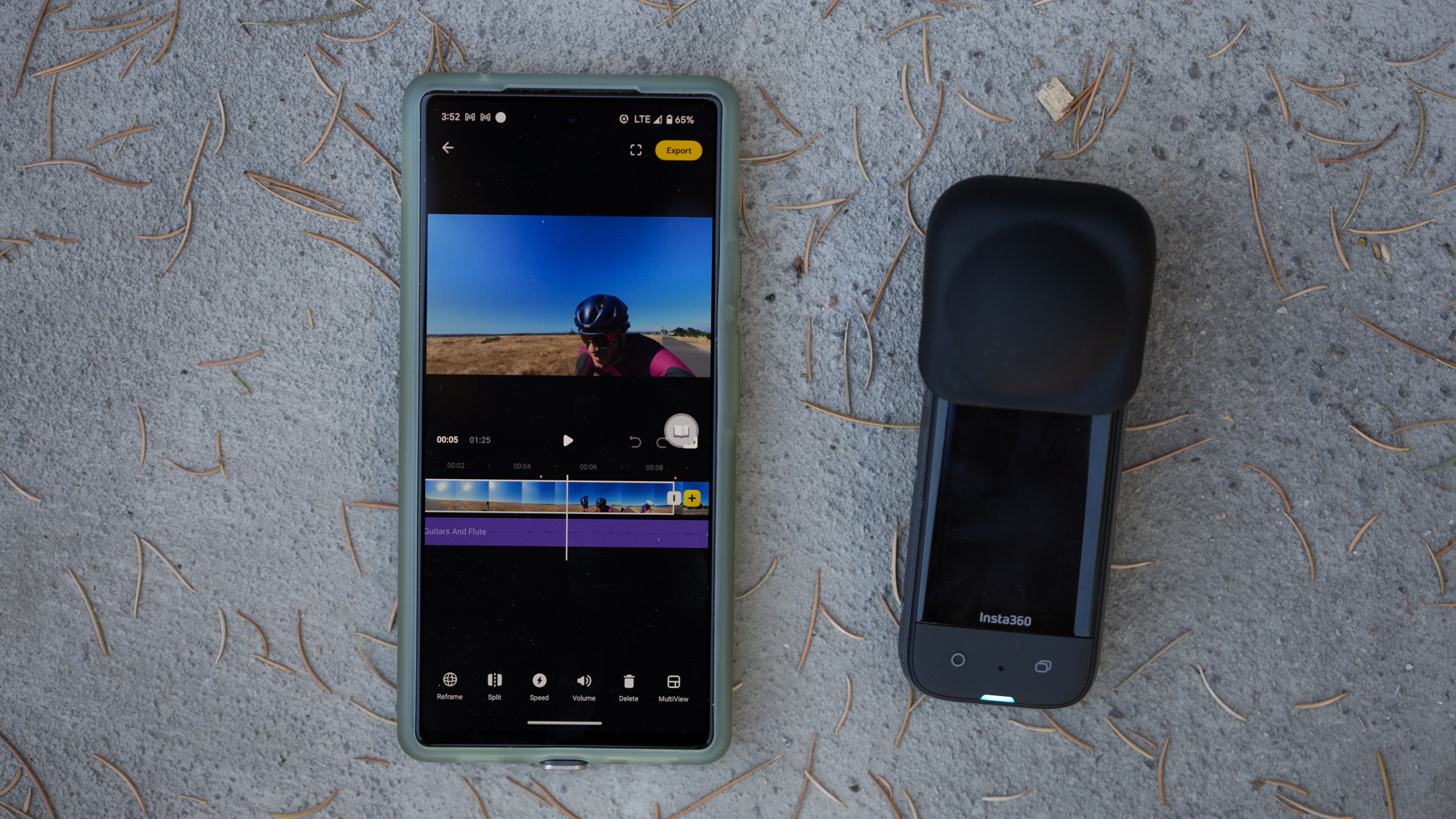
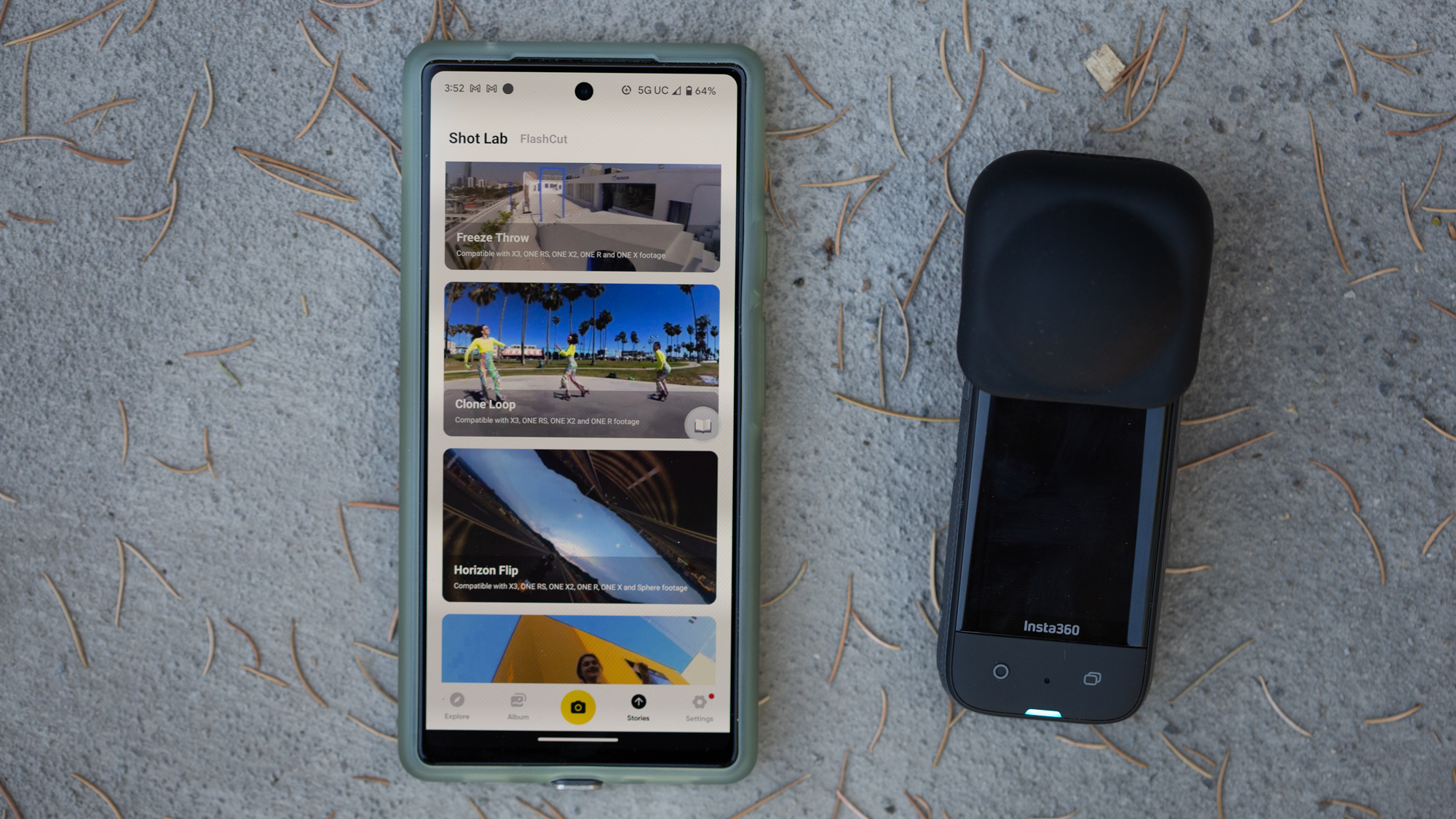
Once I have a collection of clips it's time to combine them. My preference is to export all the clips then drop them into an Instagram reel. Add some music and some transitions and I'm done. Even though Instagram uses a vertical format for video, if I later decide I want to export to Youtube I still have all the data to change the field of view to a 16:9 and I don't even need to re-export. Just reconnect to the camera, and drop the clips into the story editor in the Insta360 app. The clips will show up on a timeline in the order you want them and there's music available to add. Hit the export and you can upload a complete video to YouTube.
If you want to create amazing effects the options are nearly endless but if you just want to share an adventure it's simple. Insta360 has selfie sticks that won't show up in the video and allow you to capture impossible viewpoints. You can swing the camera on a rope and create a bullet time effect. You can track a subject as you move past it then export the footage to Adobe Premiere Pro for professional editing. None of that's necessary though. After six hours of riding, I was able to spend thirty minutes lying in bed on my phone and put out two videos. I exported one version to Instagram in a vertical format and another version for YouTube in a 16:9 format.
Verdict
What I like about the Insta360 X3 isn't that it's a must-have upgrade from the previous version. There are some slight upgrades but it's the inherent features of the camera that make it worth consideration. Using a 360 camera means never worrying about how you are holding it or what it's pointing at and the rectangular format allows for easy hand holding. The Insta360 software rounds out the package with an easy way to handle post production. The X3 just happens to be the most recent incarnation of this vision and it makes sense to start there if you see yourself filming footage while riding your bike. Sure, professional filmmakers are probably going to be using GoPros, but for general use this may well be a better option for you are just looking to make some Instagram reels or the like.
If you have a different, more serious, vision of how you might use an action camera then the X3 might not be perfect for you thanks to the larger size. The Inta360 One RS, or the latest GoPro, are smaller packages that are easier to mount in more places. If you see yourself as a filmmaker, story teller, or content creator then these options probably make more sense (depending on whether you want 360 filming or just wide), though there is a price penalty with both.
Packaging considerations aside, the only other negatives are pretty minor. In terms of pricing, there’s no direct competition from either GoPro or DJI. The GoPro Hero Max is the closest and it’s more expensive. Still, it’s not a cheap camera and asking for more money to get a lens cover feels cheap. A bigger issue is that it’s a bit slow to start filming. There is a feature that starts recording before the camera is fully booted up, and firmware seems to be speeding the whole process, but if you are moving fast on a bike, you’ll want to pre-plan as much as possible.
| Attributes | Notes | Rating |
|---|---|---|
| Audio Quality | You can hear speech clearly even while riding but a mic will always be superior and there is no mic out port plus bluetooth headphones aren’t universally supported. | 7/10 |
| Video Quality | I’d like to see a 100 fps option but otherwise the specs match the competition and videos look good | 9/10 |
| Form factor | The best of any action camera I’ve used so far | 10/10 |
| Included Software | Truly excellent it works well and makes it easy to get footage off of the unit and out to social in a hurry | 10/10 |
| Value | There’s no one doing quite the same thing but it’s a premium price that feels like it could come down just a bit. | 8/10 |
| Overall rating | Row 5 - Cell 1 | 88% |
Tech Specs: Insta360 X3
- Price: £459.99 / $449.99 / €539.99 / $799.99 AUS
- Aperture: F/1.9
- 35mm Equivalent Focal Length: 6.7mm
- Photo Resolution: 72MP (11968x5984), 18MP (5952x2976)
- Video Resolution: 360: 5.7K: 5760x2880@30/25/24fps, 4K: 3840x1920@60/30fps Single-Lens Mode: 4K: 3840x2160@30/25/24fps, 3.6K: 3584x2016@60/50/30/25/24fps, 2.7K:
- Photo Modes: Standard, HDR, Burst, Interval, Starlapse
- Video Modes: Standard, Active HDR, Timelapse, TimeShift, Bullet Time, Loop Recording
- Color Profiles: Vivid, Standard, LOG
- Weight: 180g
- Dimensions (W x H x D): 114.0x46.0x33.1mm
- Run Time: 81min *Tested in lab environment under 5.7K@30fps mode
- Max Video Bitrate: 120Mbps
- Gyroscope: 6-axis gyroscope
- Live Streaming: 360 Live, Reframe Live (streamer sets a fixed perspective)
- Exposure Value: ±4EV
- ISO Range: 100-3200
- Shutter Speed: Photo: 1/8000-120s
- Video: 1/8000 - to the limit of frames per second
- White Balance: 2000K-10000K
- Audio Modes: Wind Reduction, Stereo, Direction Focus
- Audio Format: 48 kHz, 16 bits, AAC
- Bluetooth: BLE 5.0
- Wi-Fi: 2.4GHz, 5GHz 802.11a/b/g/n/ac
- MicroSD Card: UHS-I V30 speed class, exFAT format SD cards with a max storage of 1TB are recommended.
- Battery Capacity: 1800mAh
- Charging Method: Type-C USB
- Charging Time: 90min (5V/3A)
- Operating Temperature: -4°F to 104°F (-20℃ to 40℃)
Josh hails from the Pacific Northwest of the United States but would prefer riding through the desert than the rain. He will happily talk for hours about the minutiae of cycling tech but also has an understanding that most people just want things to work. He is a road cyclist at heart and doesn't care much if those roads are paved, dirt, or digital. Although he rarely races, if you ask him to ride from sunrise to sunset the answer will be yes. Height: 5'9" Weight: 140 lb. Rides: Salsa Warbird, Cannondale CAAD9, Enve Melee, Look 795 Blade RS, Priority Continuum Onyx
